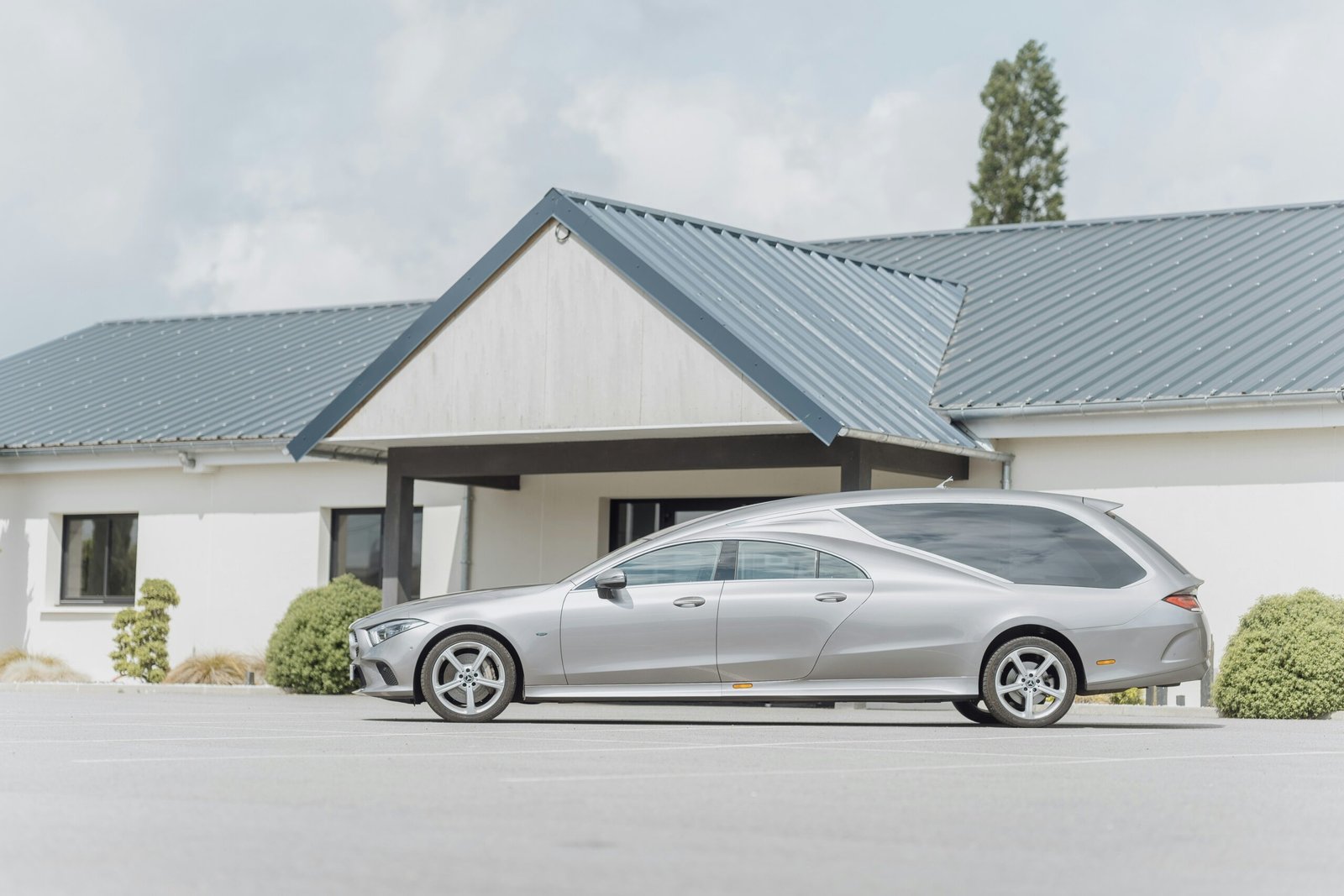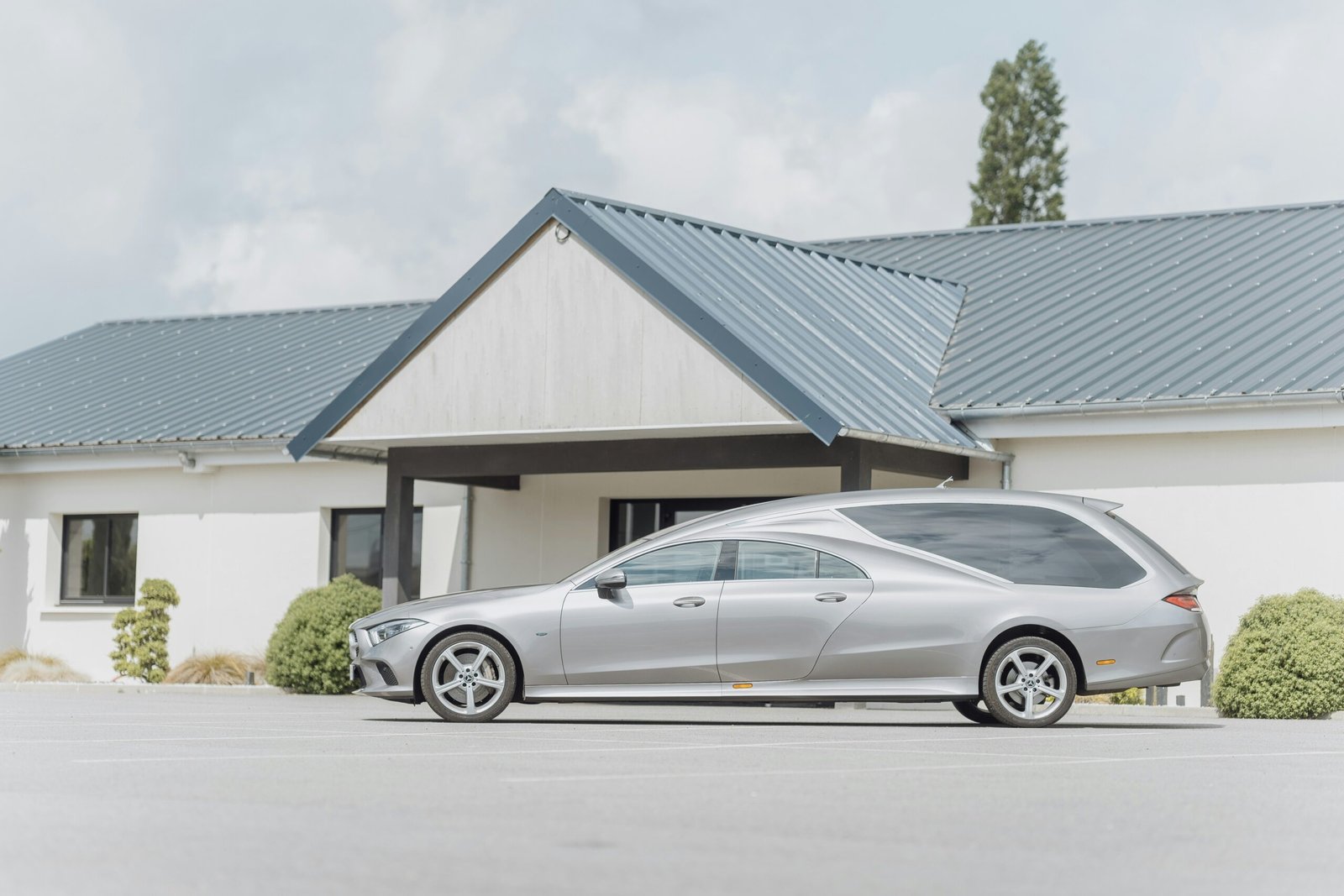funeral hearses
A funeral hearse is a type of a vehicle which is customized to transport a casket or a coffin from a funeral service to a cemetery or a crematory center. Hearses play an important role in a funeral process and have a uniform, distinguishable look by their nature. Here’s more about funeral hearses:
1. History of Funeral Hearses
Early styles: The first hearses were horse-drawn carriages, used in carrying the dead between the mid seventeenth century and the end of the 18th century. While these were functional they were frequently beautiful.
Cars: As cars came as the first motorized hearses in the first decade of the twentieth century, horse-drawn carriages were slowly phased out. These vehicles were constructed to hold the size and weight of a coffin and thus had a specific design.
2. Types of Funeral Hearses
Traditional hearse: The most popular type of hearse is typically elongated with compartment at the back where the coffin goes. The common construction of these hearses is that of a luxury sedan or an SUV, most of which are black, silver or white in color.
Limousine hearse: This type is longer than a hearse and is mostly preferred for elaborate or special funerals. It can also provide space for other family members or other objects that will be used in a ceremony.
Vintage or Custom Hearses: Vintage or custom hearses are especially popular in cases of special service or when unique hearses are needed. These include classic or antique hearses and even custom built ones which were used because of the passenger’s personality or the wishes he/she left behind.
Motorcycle Hearse: For more unique or personalized funerals, a motorcycle hearse (with a special sidecar or a trailer for the casket) can also be utilized. This option is often for bikers or for funerals with a rather non-conventional theme.
3. Features of Modern Hearses
Long Rear Compartment: A long rear compartment of the car is made in such a way as to hold the casket safely. The casket is usually lifted onto rollers or platform to assist in loading/unloading it.
Tinted Windows: Hearse vans often come with tinted windows specifically for the purpose of ensuring the need for privacy and also during the procession so as to respect the mood of the event.
Ornamental Elements: Some of these usually come with ornamental features like silver on the trimmings, velvet within the casket or around it with some flowers sprinkled near or around the coffin.
Glass Sides: Some hearse bodies are fitted with windows while others with glass depending on the type or setting of the funeral service or the preference of the bereaved.
4. Casket Procession
A Funeral does not conclude without the funeral procession and to start the procession, a hearse is used, and it drives from the chapel, or church to the final resting place of the deceased in the cemetery. The family, relatives and friends go in cars and the pace of the event is set by the hearse which is slow and very intense.
5. Cultural Differences
Different Cultures and Traditions: Hearse used during a funeral in Western Countries is different from the ones in Asian countries in shape, colour and pattern. In Asia, Leer may be covered by the religious or culture associated symbols or decorated with appropriate colours.
Eco-Friendly Hearses: The trend of environment friendly funerals is galloping fast around the country, and there are now around electric, hybrid hearses and other such funeral vehicles available.
6. Significance of the Hearse
Hearse is culture people around the globe identify the gradual transport of the dead sandarts coffin which represents how people in the funeral home have great respect and dignity for the deceased person. It is usually chosen according to the importance and atmosphere intended for the funeral of the deceased.
7. The Culture of the Dead Bodies Transporters
The funeral culture is considered to be highly sacrilegious throughout the world and as courtesy unemployment when encountering black vehicles and have the coffin in them people often stop their vehicle and conduce the van’s which head the procession. Some regions are governed by traffic laws, and these lead to the assumption that when attending the funeral head forward and yield to the hearse will be the right course.
Typically, it is customary for a hearse to precede the march of the casket and the casket bearers in any funeral procession. And right after the service has finished, it is the vehicle that is most likely to be the last one to leave.
8. The Depiction of a Hearse in the Mass Media
More than a couple of times, hearses have surfaced in movies, music and various other parts of popular culture, where they are most often, gloomy or dark in nature. And vintage hearses are much more of significance because the nasty undertones and the subversive nature, due to horror movies gives them exposure like no other.
Do you require more details of any particular variety of a hearse, or how exactly they are employed during a funeral service?



0 Comments